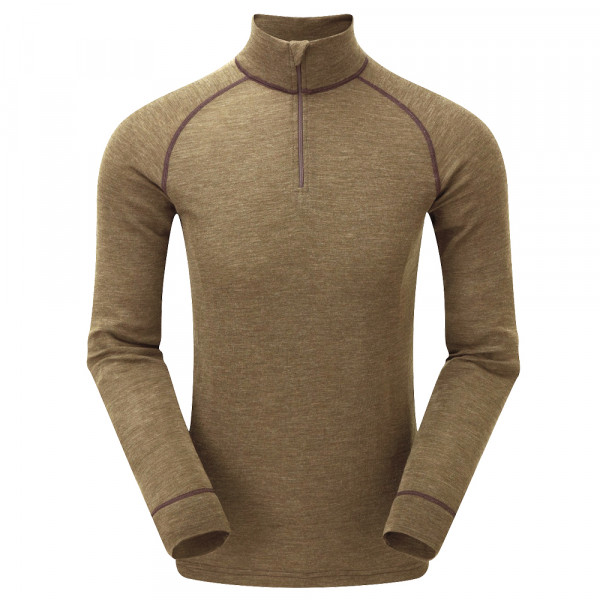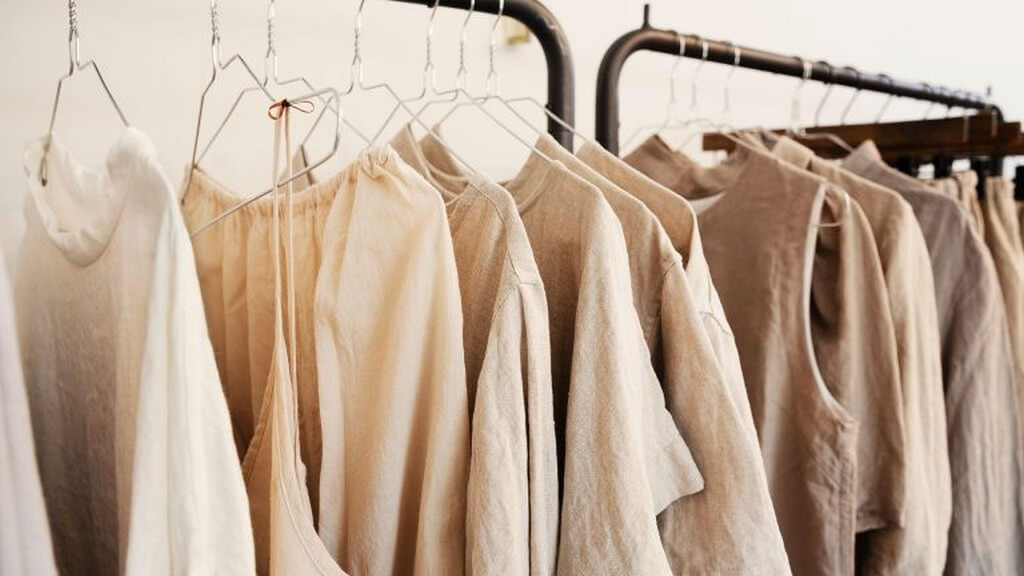Excellent Facts For Selecting Merino Wool Base Layers
Wiki Article
What Makes Yak Wool Base Layers Efficient For Winter Sports Apparel For Warmth/Temperature Control In Addition To Moisture Management, Durability And Comfort?
Yak merino layer base layers are the most appropriate winter sports clothes. They excel because of a mix of factors that enhance the temperature and warmth.
Both yak wool and merino have natural insulation properties. Yak, with its hollow filaments traps the air, which provides exceptional warmth. Merino, too, is well-known for its insulation.
Controls body temperature- The fabric is able to regulate body temperature by trapping warmth in cold conditions, while still allowing for airflow during vigorous activities.
Moisture Management-
Moisture-Wicking Merino wool's properties to wick moisture draw moisture away from the skin and disperse it, stopping sweat accumulation. Yak fibers can also transport moisture, keeping the wearer cool and dry during vigorous physical exercise.
Comfort-
Softness: Merino wool has soft, fine fibers. They are supple and do not cause irritation to skin. The addition of yak wool, with soft fibers, improves the feeling of comfort.
Odor Resistance - Both types of Wool possess natural antimicrobial qualities, which reduces the spread and growth of odor-causing bacteria. The garment stays fresh.
Durability-
Resistance and Strength Yak Wool is strong and durable by nature, and when coupled with the incredibly resilient Merinowoo, the fabric will become strong and resistant and suitable for intense sports.
Natural Fiber Benefits-
Renewable Fibers - Merino and Yak wool are biodegradable, renewable fibers that make them a sustainable choice.
The wools' natural properties enable them to adapt to varying conditions in the weather, and they are effective even in dry and damp conditions.
Combining yak and wool merino it can take advantage of both materials' strengths in providing warmth, controlling temperature, managing moisture and comfort while also offering durability. This makes yak and merino wool base layers perfect for winter sports wear. They are designed to meet the demands of outdoor activity in cold climates, while making sure that the wearer is warm and dry. Check out the top rated continue reading on merino wool base layer for website info including smart wool baselayer, merino wool leggings mens, first lite merino wool base layer, merino 250 base layer, merino ninja suit, best thermal underwear for skiing, wool thermal base layer, icebreaker merino wool base layer, 400g merino wool base layer, baselayer bottom and more.

What Are The Advantages Of Wearing Bamboo Clothes With Regards To Thermal Regulation And Uv Protection, Biodegradability And Environmental Impact.
Regulation of Thermal Regulation-
Bamboo fabric insulation is breathable and has thermal regulating properties. It is warm when temperatures are cold. It regulates your body temperature, keeping heat in cooler weather and allowing air to circulate in order to avoid overheating.
UV Protection
UV Resistance - Bamboo fabrics provide natural protection from harmful ultraviolet Rays. It is able to block a large part of sun's ultraviolet radiation, and provides an additional layer of defense against sunlight exposure when wearing it outdoors.
Biodegradability-
Biodegradable - Bamboo clothing degrades naturally, which means it does not leave negative residues after the end of their life cycle, or contribute to the environmental degradation. This reduces waste, and the impact on the environment of clothes that are being discarded.
Environmental Impact-
Sustainability - Bamboo as a primary material is incredibly sustainable. It is a fast-growing and abundantly, without chemical fertilizers. Fast growth makes it a long-lasting resource.
Bamboo uses relatively less water when compared with other crops like cotton. This makes it a more water-efficient crop. This helps in conservation efforts and decreases the burden on water resources.
Soil Conservation-
Health of the soil - Bamboo cultivating does not usually deplete soil nutrients, or require intensive irrigation. This can lead to better soil conditions.
Carbon Sequestration
Bamboo's carbon absorption capacity is high. Bamboo plants can absorb more carbon dioxide than other plant species and release more oxygen into the air. This ability can to reduce carbon dioxide emissions and help combat global warming.
The thermal regulation of bamboo clothing as well as its UV protection, its biodegradability and positive environmental impact make it a popular option for those seeking eco-friendly and sustainable clothing. These qualities are aligned with environmentally conscious practices that provide benefits to users as well as the environment. Have a look at the best bamboo clothing for website recommendations including clothes made from bamboo, bamboo cay shirts, bamboo yoga wear, bamboo polo shirts, bamboo pajama pants, kate quinn bamboo, bamboo exercise clothing, preemie bamboo pajamas, bamboo yoga leggings, bamboo apparel and more.

What Makes Merino Wool And Bamboo Clothing Distinct From Ordinary Wool?
Merino bamboo, Merino regular wool all have unique particularities.
Softness- Merino wool is known for its soft and fine fibers, which make it a comfortable against skin. It is less likely than wool that is more traditional to cause irritation and itching.
Merino Wool is Moisture Wicking. Merino wool wicks moisture off the skin, allowing it to evaporate, and to keep the wearer dry and comfortable.
Merino Wool is a fantastic insulation and provides warmth even when wet. It regulates body temperature by providing insulation and breathability to avoid overheating during exercise.
Odor Resistant - It stops the expansion and growth of bacteria that cause odors, so garments stay fresher for longer.
Bamboo Clothing
Bamboo clothing is known for its soft and silky feeling, which is often compared to silk or cashmere. It's soft on the skin and provides a luxurious wearing experience.
Bamboo fabric is moisture-wicking, which means it draws away moisture from your skin while keeping you dry while exercising.
Temperature Regulation- Bamboo clothing has natural temperature-regulating abilities, offering warmth in winter and breathability to prevent overheating.
Sustainability- Bamboo has a high rate of sustainable resources. It grows quickly without pesticides and fertilizers. Bamboo is biodegradable, which means it has a minimal impact on the environment.
Wool Regular
Texture - The texture of wool can be different, some being coarser than others, and more prone to cause itching or discomfort.
Warmth - Regular Wool offers great insulation and warmth, but it can feel weighty and bulky at times.
Moisture Absorption- Wool can absorb moisture, making it less effective in wicking away moisture as compared to merino wool and bamboo fabric. However, it retains warmth even in damp conditions.
In short, merino wool is extremely soft, with excellent moisture-wicking capabilities, odor protection, and insulation. Bamboo clothing has a silky feel, wicks moisture, regulates temperature, and is sustainable. Regular wool is different in texture. It may not be as soft or have the same ability to wick moisture as merino and bamboo, however, it provides warmth. Each material can be tailored to specific needs, and all have unique benefits. Read the recommended merino wool base layer recommendations for site advice including wool base layer, merino ninja suit, best ski underlayers, wool undershirt women's, best ski underlayers, merino wool mid layer, mens wool long johns, snow base layers, smartwool classic thermal, merino wool base layer womens and more.
